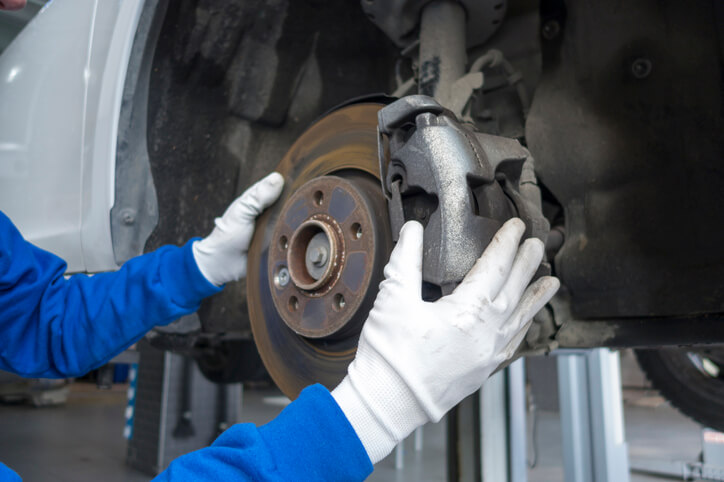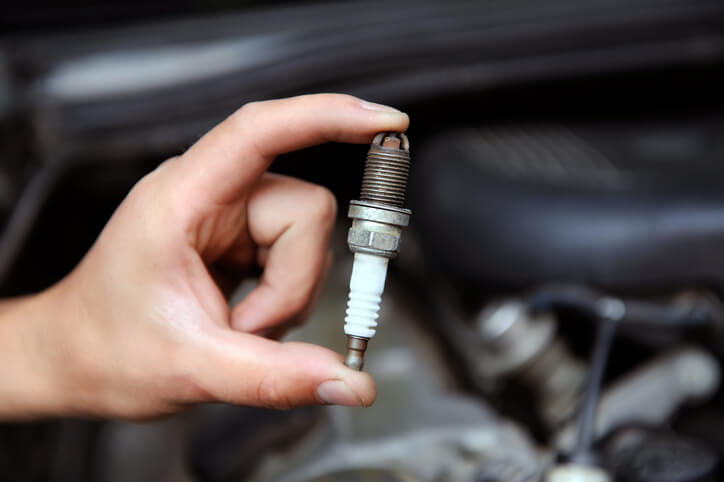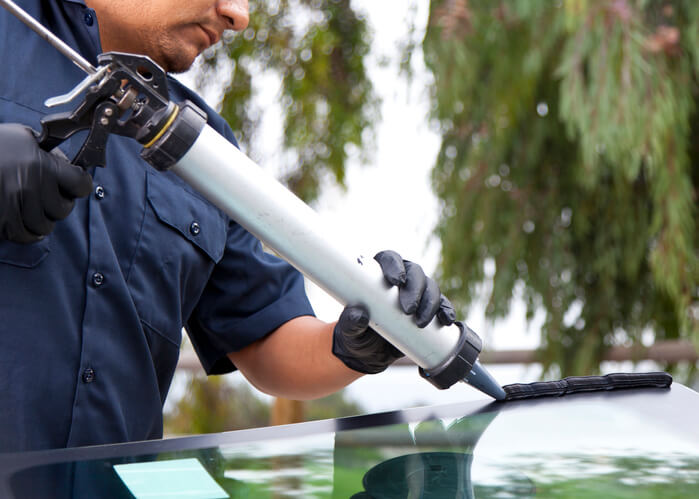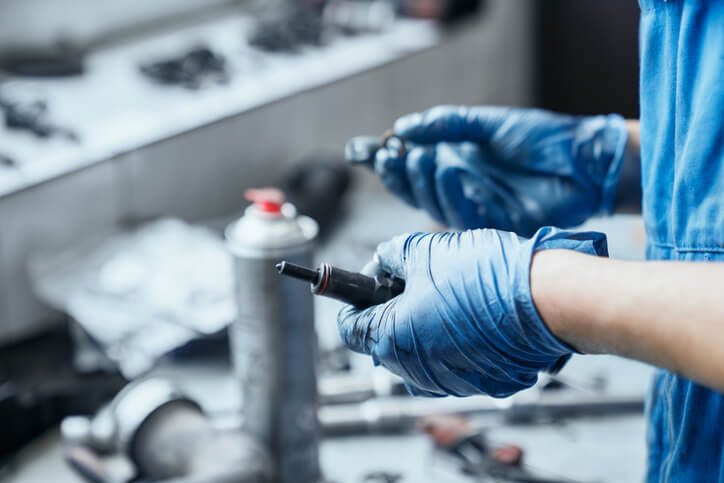Based on Your Reading:
Get Your Free Mesothelioma Guide

Find a Top Mesothelioma Doctor

Access Help Paying for Treatment

Workers who work on or near automobiles face an increased risk of mesothelioma from exposure to asbestos-containing auto parts. Automotive garages, auto repair shops, gas stations, bus stations and truck stops are sources of this type of asbestos exposure.
Written by Daniel King • Edited By Fran Mannino
The Mesothelioma Center at Asbestos.com has provided patients and their loved ones the most updated and reliable information on mesothelioma and asbestos exposure since 2006.
Our team of Patient Advocates includes a medical doctor, a registered nurse, health services administrators, veterans, VA-accredited Claims Agents, an oncology patient navigator and hospice care expert. Their combined expertise means we help any mesothelioma patient or loved one through every step of their cancer journey.
More than 30 contributors, including mesothelioma doctors, survivors, health care professionals and other experts, have peer-reviewed our website and written unique research-driven articles to ensure you get the highest-quality medical and health information.
My family has only the highest compliment for the assistance and support that we received from The Mesothelioma Center. This is a staff of compassionate and knowledgeable individuals who respect what your family is experiencing and who go the extra mile to make an unfortunate diagnosis less stressful. Information and assistance were provided by The Mesothelioma Center at no cost to our family.LashawnMesothelioma patient’s daughter


King, D. (2023, October 2). Asbestos in Automobiles & Transportation. Asbestos.com. Retrieved April 16, 2024, from https://www.asbestos.com/exposure/automobiles/
King, Daniel. "Asbestos in Automobiles & Transportation." Asbestos.com, 2 Oct 2023, https://www.asbestos.com/exposure/automobiles/.
King, Daniel. "Asbestos in Automobiles & Transportation." Asbestos.com. Last modified October 2, 2023. https://www.asbestos.com/exposure/automobiles/.
Asbestos has been used in a wide variety of auto parts. Examples include brakes, clutches, hood liners, gaskets, heat shields and many other products.
Historically, drum and disc brakes were manufactured with 35% to 60% asbestos. Today, it remains legal in the U.S. to sell asbestos-containing auto parts, and many brake and clutch parts continue to contain up to 35% asbestos.
Contaminated parts have been used on every type of vehicle. This includes cars, trucks, motorcycles, buses, trains and military vehicles. Asbestos brakes were also used in elevators and other types of transportation machinery.
Workers were exposed in auto assembly plants, repair shops and supply stores. Trains, bus stations, truck stops and auto part manufacturing plants exposed workers. Even toll road collectors are at an increased risk of developing asbestos-related diseases. That’s because of repeated exposure to asbestos brake dust.
A 2018 study estimates that 730,000 documented workers in the U.S. are at risk of asbestos exposure from brake repairs alone. It also estimated that millions of do-it-yourself mechanics are also at risk of asbestos exposure.
Hobbyists working on older cars are especially at risk because older cars are more likely to contain asbestos parts than newer cars. Both professionals and do-it-yourselfers are at an increased risk of developing mesothelioma.

A wide variety of asbestos-containing products have been used in automotive transportation, including:

In addition to insulation, asbestos gaskets were widely used in automobiles. Different types of gaskets used in vehicles include rope and sheet gaskets. They were used on cylinder heads, oil pans, manifolds and pumps. Two name-brand asbestos gaskets used in engines include Felbestos and Shimbestos.
The following automotive occupations put workers at risk of asbestos exposure:

Do-it-yourselfers who enjoy working on cars are at high risk of asbestos exposure. They often don’t have proper protective equipment and may be unaware of protocols to reduce exposure.
Get Your Free Mesothelioma Guide

Find a Top Mesothelioma Doctor

Access Help Paying for Treatment

Companies manufactured asbestos products for automotive transportation since the early 1900s. Manufacturers of asbestos-containing transportation products include:

Some companies made parts such as brake linings, insulation and gaskets with asbestos until the late 1980s. Some imported auto parts currently contain asbestos.
Mesothelioma has been documented in auto mechanics, their wives and children. Individual case reports have described cases of mesothelioma among auto mechanics. Population studies have examined the collective risk among professional auto mechanics.
For example:
Secondary asbestos exposure happens when workers bring fibers home. This type of exposure can cause mesothelioma in spouses and children.
Two government agencies that set safety regulations for professional auto workers are the Occupational Safety and Health Administration and the U.S. Environmental Protection Agency.
This includes automotive brake and clutch inspection, disassembly, repair and assembly operations. These safety measures describe regulations of work practices to follow. Educating workers on asbestos risks, personal hygiene protocols and more.
They also require the use of one of the following cleaning methods:
Automotive workers in states without state plans approved by the administration must follow the regulations set forth by the U.S. Environmental Protection Agency’s Asbestos Worker Protection Rule.
In 2007, the U.S. Environmental Protection Agency issued best practices for brake and clutch repair workers. These exist on top of regulations set forth by the Occupational Safety and Health Administration.
Best practices for professionals include:
Do-it-yourself mechanics are not required by law to follow these safety measures at home. The agency strongly recommends that professionals handle all brake and clutch repair work.
Those who insist on doing this work themselves are strongly encouraged to take additional safety measures.
Best practices for home mechanics include:
The extensive safety measures involved in DIY automotive work makes it costly. Proper disposal is also important to prevent exposure among those who work in landfills.
Your web browser is no longer supported by Microsoft. Update your browser for more security, speed and compatibility.
If you are looking for mesothelioma support, please contact our Patient Advocates at (855) 404-4592
